#cosimo de medici icons
Text
Gaze upon the attractions of Palazzo Vecchio

Pallazo Vecchio located in Florence, Italy
Let's delve into the brief history of Palazzo Vecchio
The history of Palazzo Vecchio dates back to 1299 when the citizens of Florence decided to erect a grand palace to house their government institutions. It was to stand as a symbol of the republic's power and the people's authority. The renowned architect Arnolfo di Cambio, known for his work on the Florence Cathedral and the Santa Croce Church, undertook this ambitious project on the remnants of the Palazzo dei Fanti and the Palazzo dell'Esecutore di Giustizia in Piazza della Signoria. As was customary for major constructions of that era, multiple generations were involved in its completion, leading to various modifications and expansions.
In the 16th century, Cosimo I de Medici orchestrated a significant renovation and embellishment of the building, transforming it into his residence, thus bestowing upon it the name "Ducal Palace." Subsequently, Cosimo I moved his residence to the Pitti Palace, and the Palazzo Ducale became known as Palazzo Vecchio, serving as the hub of government offices and a repository for valuable items.
Cosimo I also commissioned the construction of a connecting corridor, the Vasari Corridor, which linked the Pitti Palace with the administrative offices, now known as the Uffizi Gallery, and Palazzo Vecchio. This corridor provided a more convenient and private means of moving between these locations.

The Current Status of Palazzo Vecchio
Throughout its extensive history, the palace has gone by various names. Its original name was Palazzo della Signoria, which was later changed to Palazzo Vecchio when the Medici court relocated to the Pitti Palace. Currently, Palazzo Vecchio serves as the home of the Museo dei Ragazzi, and it houses the administrative offices of the Town Hall. Additionally, the Cinquecento Hall, which still retains its original function, hosts special audiences and events.
Fascinating Tidbits about Palazzo Vecchio
Were you aware that Palazzo Vecchio is situated in Piazza della Signoria, the most prominent square in Florence? This stunning square is nestled between Piazza del Duomo and the Arno River, and Palazzo Vecchio stands as its most iconic edifice. Adorning its entrance are remarkable sculptures, including depictions of Adam and Eve, a copy of Michelangelo's David, and Hercules and Cacus. The square also features the Loggia dei Lanzi, the Fountain of Neptune, and the equestrian statue of Cosimo I.
Did you know that within Palazzo Vecchio, a network of concealed passages exists? These secret passages, commissioned by the Medici, served as escape routes from potential threats and as repositories for precious items. For instance, concealed behind the map of Armenia in the Stanza delle Mappe (The Map Room) is a hidden entrance leading to the dressing room of Duchess Bianca Capello, the second wife of Francesco I.

Why a Visit to Palazzo Vecchio is an Absolute Must
A journey to Florence, the birthplace of the Italian Renaissance, would be incomplete without a visit to the iconic Palazzo Vecchio. This historical gem, also known as the Old Palace, stands as one of the most renowned symbols of the city. Constructed in the likeness of a formidable castle, with a towering 94-meter-high tower, it was built between 1299 and 1314. Palazzo Vecchio was intended to serve as both the residence and workplace of republic officials, offering a captivating array of rooms, each with its own distinctive character.
Your exploration of Palazzo Vecchio commences in the grand "Salone dei Cinquecento" (Hall of the Five Hundreds), an expansive chamber that spans an impressive 54 meters in length, 22 meters in width, and soars to a height of 17 meters, rendering it the largest room in all of Florence. This awe-inspiring historical landmark promises an unforgettable journey through the heart of the Italian Renaissance. So, why wait? Embark on an adventure through history at Palazzo Vecchio today!
How to Explore Palazzo Vecchio (Old Palace)
Visiting Palazzo Vecchio, a symbol of Florence's civil power for over seven centuries, offers an enriching historical experience, best accompanied by an expert guide's insights.
To embark on this journey, you can secure entry to the building by purchasing a Palazzo Vecchio admission ticket combined with the Audio Guide of Florence, which comes with priority entrance privileges.
A variety of tour options are available, catering to diverse interests. These range from the traditional Palazzo Vecchio tour to the guided exploration of Dan Brown's Inferno, delving into the palace's more enigmatic aspects. Of course, opting for a private guide is also highly recommended. These itineraries are versatile and can be tailored to your preferences. For example, the private tour based on Dan Brown's Inferno and the Boboli Gardens will immerse you in the very locations vividly described in the famous book, creating a truly personalized and memorable experience.
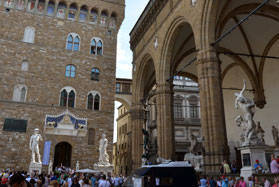
Travel Route from the Philippines to Palazzo Vecchio in Florence, Italy:
1. **Philippines to Rome, Italy by Air:**
- Start your journey by booking a flight from the Philippines to Rome, Italy. The main international airport in Rome is Leonardo da Vinci-Fiumicino Airport (FCO).
2. **Transfer to Florence:**
- After arriving in Rome, you can choose to take a connecting flight to Florence. Florence's main airport is Amerigo Vespucci Airport (FLR). Alternatively, you can take a train or bus from Rome to Florence if you prefer overland travel.
3. **Arriving in Florence:**
- Once in Florence, you'll find yourself in the heart of the city. Palazzo Vecchio is located in the historic center, specifically in Piazza della Signoria. You can reach it by walking, as Florence is a very pedestrian-friendly city.
4. **Exploring Palazzo Vecchio:**
- Upon reaching Piazza della Signoria, you'll see the impressive Palazzo Vecchio. Purchase your admission ticket at the entrance and begin your exploration of this historic landmark.
Remember to check the latest travel regulations, flight availability, and visa requirements before planning your trip, as they may change.
Enjoy your journey to Palazzo Vecchio!
Reference:
Florence Museum. (n.d.). Palazzo Vecchio. https://www.florence-museum.com/palazzo-vecchio.php
4 notes
·
View notes
Text



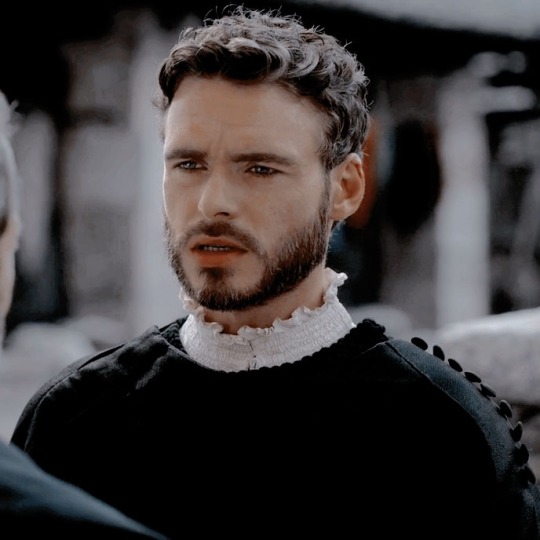



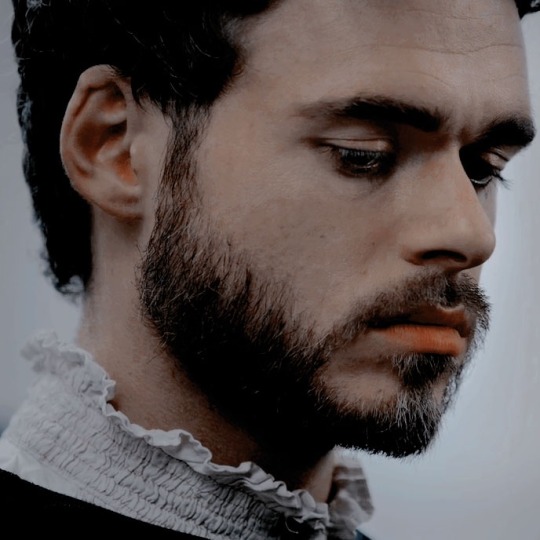

#cosimo de medici#cosimo de medici icons#richard madden#richard madden icons#psd icons#icons with psd#tv series#tv series icons#actors#actors icons#medici masters of florence#medici master of florence icons
125 notes
·
View notes
Text
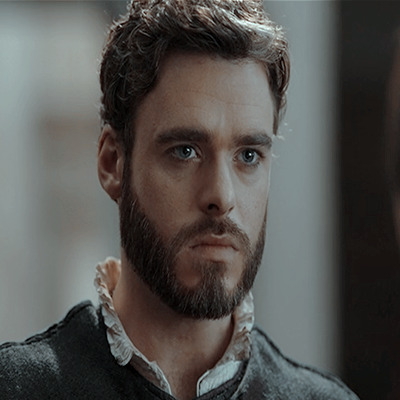





like if you save or use one of them. credits to excslibur on twitter 🌺
#richard madden#richard madden icons#icons richard madden#bodyguard icons#david budd icons#icons david budd#david budd#medici: masters of florence#cosimo de medici#cosimo de medici icons#rob stark#rob stark icons#icons with psd#twitter icons
35 notes
·
View notes
Photo










richard madden as cosimo de medici in medici: masters of florence icons
requested. hope u like it
Like/reblog if u save or use
#richard madden#richard madden icons#richard madden icon#richard madden layouts#richard madden packs#cosimo de medici icons#cosimo de medici#cosimo de medici packs#twitter icons#twitter packs#icons#layouts#packs#headers
225 notes
·
View notes
Photo

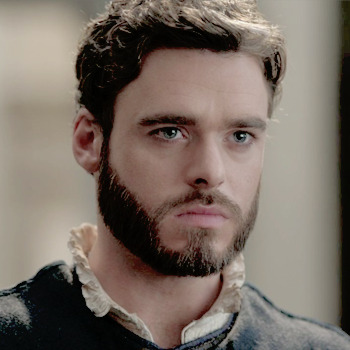




richard madden as cosimo de medici icons.
like or reblog if you use.
credit to @fckeditixns on twitter.
42 notes
·
View notes
Photo

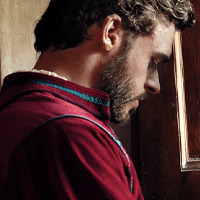





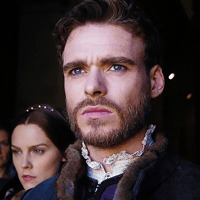

Icons of Richard Madden as Cosimo de Medici in Medici (x9)
#richard madden#richard madden icons#cosimo de medici#medici#mediciedit#icons#200x200#echodesplaines#100disorders#n: 50#y: 2021#period fc
74 notes
·
View notes
Text
Clarice Orsini S3 theme song
(My opinion)
"everything i wanted"

#love her#favorite queen#powerful women#clarice orsini#clarice de medici#rp#a medici and an orsini#humble and penitent be damned#Spotify#rp blog#1x1#muses#medici#bianca medici#lucrezia de medici#cosimo de medici#clarenzo#icon#maddalena di lorenzo de medici#giovanni di lorenzo de medici#piero di lorenzo de medici#lorenzo the magnificent#lorenzo de medici#son#wife#queen#contessina de medici#contessina de bardi#contessina de’ medici#lucrezia tornabuoni
6 notes
·
View notes
Photo







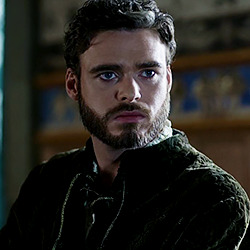

Richard Madden as Cosimo de Medici — Medici: Masters of Florence
like/reblog if you save/use.♡
259 notes
·
View notes
Text


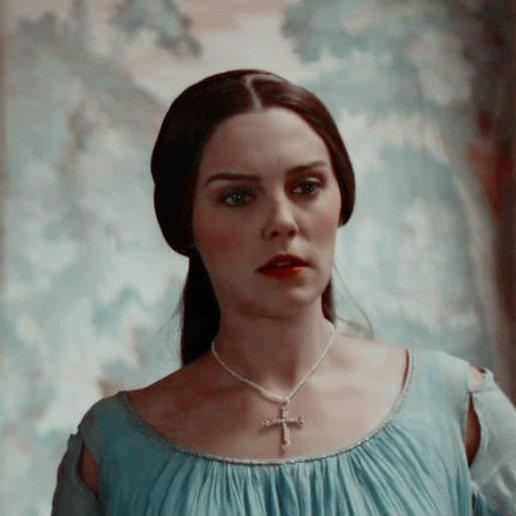
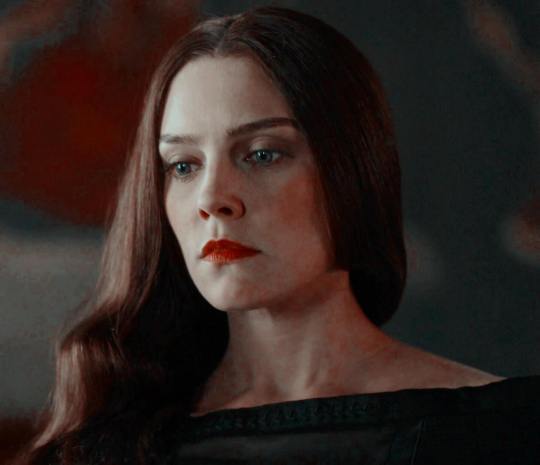
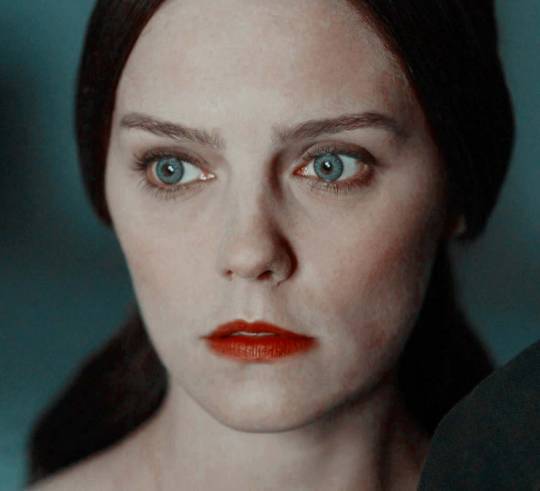


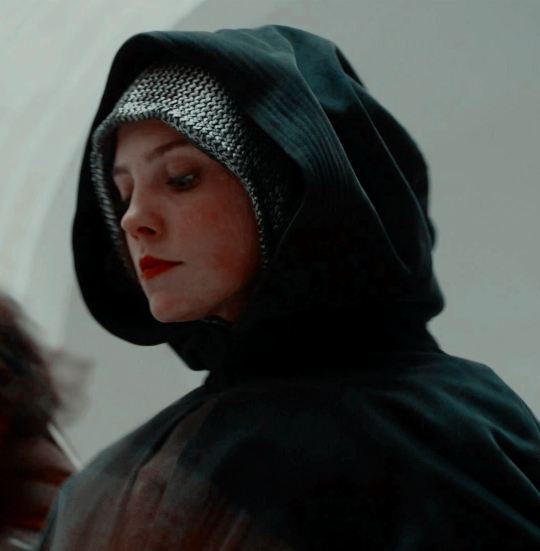
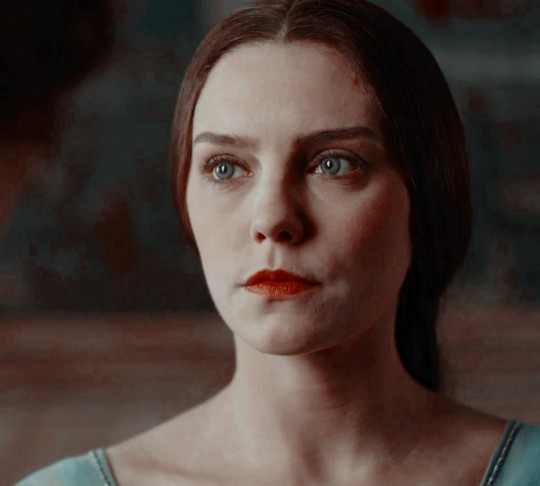
icons contessina de medici
#contessina de medici#contessina de bardi#medici#icons medici#wallpaper medici#cosimo de medici#mediciedit#medici masters of florence#lorenzo de medici#medici the magnificent#icons contessina de medici#icons contessina de bardi#icona contessina#icons annabel scholey#annabel scholey
75 notes
·
View notes
Text
medici: masters of florence icons
150x150
like/reblog if you use them
more icons here
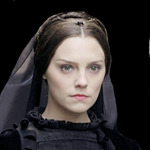


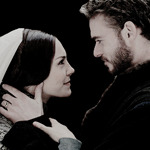
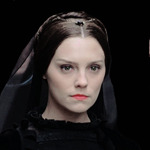





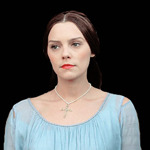
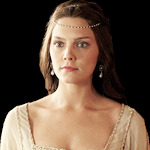

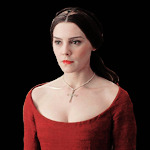
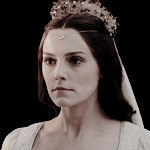
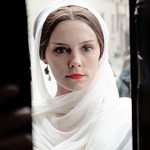







#medici: masters of florence#medici icons#mediciedit#cosimo de medici#cosimo x contessina#contessina de bardi#richard madden icons#annabel scholey icons#icons#*#medici#i medici#rmaddenedit
31 notes
·
View notes
Photo









#richard madden#avatar#avatars#icon#icons#200x320#edit#game of thrones#got#robb stark#cinderella#prince#medici: masters of florence#cosimo de medici
45 notes
·
View notes
Photo

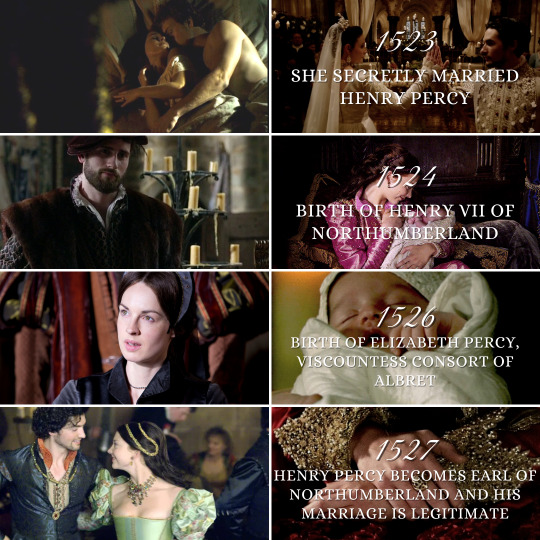
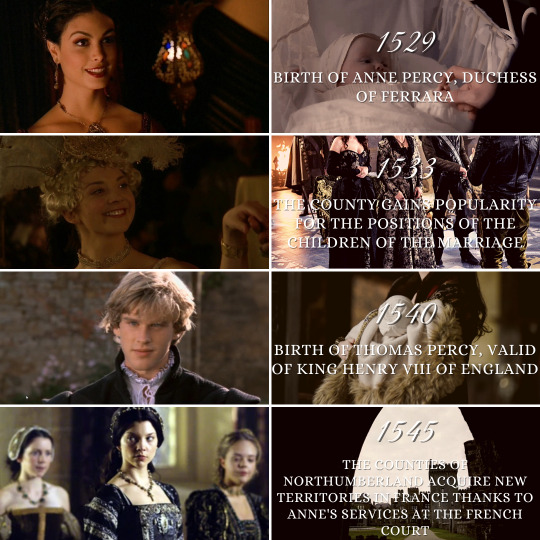

AU Tudor: Best Destinations for Henry VIII's Wives (That is, if they had never married him)
Anne Boleyn-Countess of Northumberland (1507-1558)
Anne Boleyn arrived as a companion to Queen Catherine of Aragon, attracting the eyes of many men thanks to her charm and exotic beauty, but Ana felt a great attraction for a young man named Henry Percy, who was the heir to the county of Northumberland. Both had a romance which is believed to have been nothing intimate and they had a common feeling.
Thomas Bolena and Henry Percy, parents of the lovers, did not agree with that relationship, much less with a possible marriage between them. Thomas planned for his own daughter to aspire higher, it was even rumored that he wanted Anne to be a suitor to be the wife of the Prince of Wales, Henry Tudor or even for her to be the lover of King Arthur I.
The passion between the two spouses was such that they decided to marry in secret in the year 1523, in a private ceremony attended by only a few acquaintances from the court and Mary Boleyn and Elizabeth Howard, the maiden's sister and mother.
On the wedding night Anne became pregnant, but the spouses tried to hide the union of her and that baby in her womb. As the months went by it became more evident that Ana was pregnant and she decided to admit that she had married Henry, being a great scandal for both families and for the court.
This scandal caused Sir Henry Percy to disinherit his son despite being his sole heir and Thomas Boleyn forced his family not to maintain contact with his family, even though Isabel Howard could secretly exchange letters with her daughter.
In 1524 Anne gave birth to her first son, Henry, the future Earl of Northumberland. After this birth Henry Percy became one of Prince George's guards in this way the couple could fairly support their family.
Two years later Elizabeth, the future Viscountess consort of Albret, was born, as well as being a fashion icon in France. A year later Henry Percy, 5th Earl of Northumberland and King Arthur I agreed to legitimize the union of Percy and Boleyn, in addition to declaring their children as legitimate and heirs to the county of Northumberland.
In the year 1529 the couple's third daughter was born, Anne, who was Duchess of Ferrara and known for leading a scandalous life when it was said that she had love affairs with men and women.
In the following years the county of Northumberland achieved great prestige thanks to Ana's monetary administration, in this way the Percy family achieved large sums of money. Also, thanks to her friendships in France, she managed to promise her daughter Isabel to the Viscount of Albret and despite the different religious beliefs she made an alliance with the Duchy of Ferrara, promising her little daughter, Ana.
In the year 1540 she gave birth to her last son, Thomas Percy who would later become King Henry VIII's worthy and would become one of the least loved men by the English court.
In 1545, Princess Margaret of Valois, sister of King Francis I of France, gave Anne as a gift for her good friendship, some land in the town of Nantes to expand her domains. Although this caused envy among many courtiers at the French court, the place was used as a family vacation home.
Five years later in the year 1550 Henry Percy died supposedly from "English sweat" a disease that was attacking England until the year 1551. The death of her husband was painful for Anne who had been very much in love with Henry and mourned him until his death. death.
That same year her son Henry became Earl of Northumberland and Anne helped her beloved son as her secretary.
In the year 1555 Henry VII managed to form an alliance with the Grand Duke Cosimo I de Medici, marrying his eldest daughter, Maria Lucrecia of Medici. Despite the Catholic beliefs of the Medici, Maria agreed to embrace the Protestant faith and the same year the couple married.
A year later, Ana's first grandson was born to Henry, Archibald, whom she would love with all her soul as well as the children her daughters Isabel and Ana had.
In 1558 Anne contracted pneumonia while she was walking with her daughter Isabel on a winter afternoon and she remained in bed for a few days until one morning in December the woman was found in her bed without life . Anne Boleyn passed away at approximately 51 years of age and she left her possessions for her favorite daughter, Anne.
AU Tudor: Los mejores destinos para las esposas de Henry VIII (Es decir si ellas nunca se hubieran casado con el)
Ana Bolena-Condesa de Northumberland (1507-1558)
Ana Bolena llego como dama de compañía de la reina Catalina de Aragón atrayendo las miradas de muchos hombres gracias a su encanto y su belleza exótica, pero Ana sintió una gran atracción por un joven llamado Henry Percy, quien era el heredero del condado de Northumberland. Ambos mantuvieron un romance el cual se cree que no hubo nada intimo y mantenían un sentimiento en común.
Thomas Bolena y Henry Percy, padres de los amantes no estaban de acuerdo con aquella relación y mucho menos con un posible matrimonio entre ellos. Thomas planeaba que su propia hija aspirara mas alto, incluso se rumoreaba que el buscaba que Ana fuera una pretendiente a ser la esposa del príncipe de Gales, Enrique Tudor o incluso que fuera la amante del rey Arturo I.
La pasión entre ambos conyugues era tal que decidieron casarse en secreto en el año 1523, en una ceremonia privada a la cual solo asistieron algunos conocidos de la corte y María Bolena e Isabel Howard, hermana y madre de la doncella.
En la noche de bodas Ana quedo embarazada, pero los cónyuges trataron de ocultar su unión y aquel bebé en su vientre. Conforme pasaban los meses era mas evidente que Ana estaba embarazada y decidió admitir que se había casado con Henry, siendo un gran escandalo para ambas familias y para la corte.
Este escandalo hizo que el Sir Henry Percy desheredara a su hijo pese a ser su único heredero y Thomas Bolena obligo a su familia a no mantener contacto con su familia, aun que Isabel Howard pudo intercambiarse secretamente cartas con su hija.
En el año 1524 Ana dio a luz a su primer hijo, Henry futuro conde de Northumberland. Tras este nacimiento Henry Percy se convirtió en uno de los guardias del príncipe George de esta forma la pareja pudo mantener de manera justa a su familia.
Dos años después nació Isabel futura vizcondesa consorte de Albret, además de ser un icono de la moda en Francia. Un año mas tarde falleció Henry Percy, quinto conde de Northumberland y el rey, Arturo I acepto legitimar la unión de Percy y Bolena, además de declarar a los hijos de estos como legítimos y herederos del condado de Northumberland.
En el año 1529 nació la tercera hija de la pareja, Ana la cual fue duquesa de Ferrara y conocida por llevar una vida escandalosa al decirse que mantenía amoríos con hombres y mujeres.
En los años siguientes el condado de Northumberland alcanzo un gran prestigió gracias a la administración monetaria de Ana, de esta manera la familia Percy alcanzo unas grandes sumas de dinero. Además gracias a sus amistades en Francia logró prometer a su hija Isabel con el vizconde de Albret y pesé a las diferentes creencias religiosas hizo una alianza con el ducado de Ferrara prometiendo a su hija pequeña, Ana.
En el año 1540 dio a luz a su ultimo hijo, Thomas Percy quien mas tarde se convertiría en el valido del rey Enrique VIII y se volvería uno de los hombres menos queridos por la corte inglesa.
En el 1545 la princesa Margarita de Valois, hermana del rey Francisco I de Francia le dio a Ana como regalo por su buena amistad, unos terrenos en la localidad de Nantes para expandir sus dominios. Aun que esto provoco la envidia entre muchos cortesanos de la corte francesa, el lugar fue utilizado como una casa de vacaciones para la familia.
Cinco años después en el año 1550 Henry Percy falleció supuestamente por “sudor ingles” una enfermedad que estuvo atacando a Inglaterra hasta el año 1551. La muerte de su marido fue dolorosa para Ana quien había estado muy enamorada de Henry y le guardo luto hasta su muerte.
Ese mismo año su hijo, Henry se convirtió en conde de Northumberland y Ana ayudo a su querido hijo como su secretaria.
En el año 1555 Henry vii logró formar una alianza con el gran duque Cosme I de Medici, casándose con su hija mayor, María Lucrecia de Medici. Pesé a las creencias católicas de los Medici, María acepto abrazar la fe protestante y el mismo año la pareja se caso.
Un año después nació el primer nieto de Ana por parte de Henry, Archibald al cual amaría con toda su alma al igual con los hijos que tuvieron sus hijas Isabel y Ana.
En el año 1558 Ana contrajo una neumonía mientras paseaba junto a su hija Isabel en una tarde de invierno y permaneció en cama por unos días hasta que una mañana de diciembre la mujer fue encontrada en su cama sin vida. Ana Bolena falleció con aproximadamente unos 51 años de edad y dejo sus posesiones para su hija favorita, Ana.
#anne boleyn#henry percy#thomas boleyn#elizabeth howard#mary boleyn#george boleyn#catherine of aragon#arthur i of england
49 notes
·
View notes
Text
Perseus with the Head of Medusa (1545), Benvenuto Cellini
This bronze sculpture was commissioned by Cosimo I de’ Medici and was designed to create a political statement about the power of the Medici family in Florence around this time. Cellini did everything possible to make a statement with this piece, using bronze, a medium that had fallen out of fashion, and casting it in one piece, a particularly unusual and very risky technique. Cellini, as most other artists of his era did, drew on religious or mythological themes for inspiration, relating them to the political climates of Europe at that time. The Greek story of Medusa is especially iconic, and he used it to demonstrate the strength of the Medici family and their control over Florence, presiding over it and killing all who posed a threat to their rule.
Cellini also drew on these classical themes in the composition, the faces a clear echo of the bone structure and strong nose line often seen in Classical sculpture, used in both faces and creating a striking similarity between them, perhaps a subtle suggestion towards the passing of power and the competing familial and political groups of Florence. Throughout the hundreds of years it has stood in the piazza della Signoria, the natural patination effect on the bronze has come to mimic that seen in the Classical sculptures that were such an inspiration for Cellini, adding natural green highlights to the bronze and further emphasising the delicate muscle structures apparent in the statue. This was likely also part of Cellini’s intention, as the sculpture stands in the piazza that also contains Michelangelo’s ‘David’ and Donatello’s ‘Marzocco’ and therefore needed to compete for attention with these great works. It is also generally believed that this is part of the reason why Cellini chose to use the myth of Perseus and Medusa, relating his own piece to the stone works that surrounded it and demonstrating its power over them. The use of the medium and the single cast technique proved Cellini in the Florentine artistic circles and has set this piece as one of the most iconic sculptures of the Renaissance.
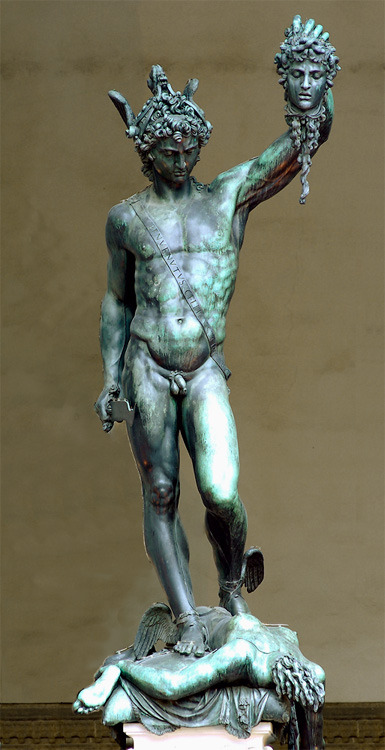
#italy#florence#italian#italianart#perseus#medusa#perseus and medusa#cellini#benvenuto cellini#sixteenth century#art history#art historian#art history notes#art historian notes#analysis#bronze#sculpture#art foundation
5 notes
·
View notes
Photo

AT THE MET, FRANCESCO DA SANGALLO LOOKS BACK AT BOLDER TIMES, WITH BOLDER ART
THE DAILY PIC is a bust of the mercenary lord Giovanni delle Bande Nere, carved by Francesco da Sangallo in the 1540s, probably on commission from Giovanni’s son Cosimo I de’ Medici, Duke of Florence. It’s the latest in this week’s Pics of sculptures from “The Medici: Portraits and Politics, 1512–1570″ at the Met in New York.
According to one expert, the armor that Giovanni is shown in actually predates his death, in 1526, by many decades. The Met’s curators suggest that is meant to link Giovanni to the noble mercenaries — the (putitatively) heroic “condottieri” — of the previous century, who Cosimo wanted to claim as models. And here’s the thing: That link may also be effected in the sculptural style that Francesco has adopted.
A bust whose arms and torso simply end at the waist is very much a 15th-century conceit, derived from the prestige of earlier Byzantine icons. (I’m relying here on the research of Alex Nagel, who joined me in the Met show.) Sixteenth-century artists like Francesco normally imitated the armless, waist-less busts of Roman antiquity (as I discussed in yesterday’s Pic: https://blakegopnik.com/post/657353972128137216). Francesco’s audience must have recognized the difference, and seen it as a deliberate archaism — as conveying nostalgia for an earlier, simpler, bolder culture that would also have been more straightforwardly martial.
The same archaism may be present in the boldness, even crudeness, of this bust’s modelling, since it’s hardly typical of Francesco’s art. It doesn’t necessarily capture the reality of 15th-century sculpture, which could often be delicate and ornate. But it shows Francesco dreaming up an artistic ancestor from simpler times who would have understood, and captured, that era’s fortitude.
Of course, Francesco’s archaism reminds me of the marble relief by Pierino da Vinci that I Pic’d two days ago (https://blakegopnik.com/post/657267322338328576) and discussed as looking back at Florentine reliefs that long preceded Pierino.
By the middle of the 16th century, artists may have been so certain of their work’s presentness — so sure that it would always remain the art of today — that pastness in art took on a new interest and meaning. Rather than moving on from your predecessors, and forgetting them, their art became newly available as a subject.
For a full survey of past Pics visit blakegopnik.com/archive.
6 notes
·
View notes
Photo






richard madden as cosimo de medici icons in medici: masters of florence
requested. hope u like it
like/reblog if u save or use
#richard madden#richard madden icons#richard madden icon#cosimo de medici#cosimo de medici icons#cosimo de medici icon#medici: masters of florence#medici: masters of florence icons#Twitter Icons#icons
177 notes
·
View notes
Text






I already planned to have an Au where Robb won the war and is either king in the North or king of the Seven Kingdoms but didn't have clear which of Richard's roles to use for the icons. Now I can't see other option but Cosimo de' Medici with long hair. He is just perfect for it!
2 notes
·
View notes